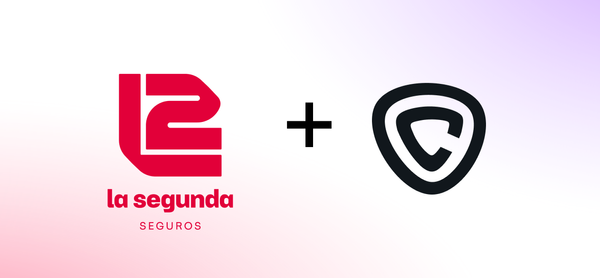Europe vs US in AI Policy Making
Navigating AI’s Potential: The Regulatory Divide Between the U.S. and Europe
When we launched Cedalio, we recognized our product’s global market potential, especially given the evolving landscape of artificial intelligence (AI). However, AI adoption and regulation reveal a significant divergence between the United States and Europe, as each region navigates distinct challenges and opportunities. Both regions acknowledge AI’s transformative potential, but their differing regulatory approaches and adoption speeds may influence their long-term competitiveness.
A Closer Look at Europe
In Europe, the AI regulatory landscape is spearheaded by the EU AI Act—the world’s first comprehensive AI framework. This legislation aims to promote innovation while mitigating AI-associated risks, such as privacy issues and algorithmic biases. With its risk-based approach, the EU AI Act categorizes AI applications by risk level, enforcing stricter rules on higher-risk uses like biometric identification and healthcare. By ensuring transparency, accountability, and safety, the EU aims to create a “trustworthy AI ecosystem” that fosters responsible adoption across industries.
The U.S. Approach: Flexibility Over Uniformity
The U.S. has adopted a more fragmented regulatory approach, with federal guidelines from bodies like the National Institute of Standards and Technology (NIST) but no overarching legislation. Individual states, such as California, have initiated their own measures, with California recently proposing stricter AI oversight. However, the bill was vetoed by the governor, reflecting broader hesitance within the U.S. toward strict federal regulation. Instead, U.S. policymakers often favor voluntary guidelines and industry-led standards, which afford companies the flexibility to innovate quickly while minimizing regulatory restrictions.
Europe’s Adoption Gap
Despite its structured approach, Europe lags behind the U.S. in AI adoption, with European organizations trailing by an estimated 45 to 70 percent, according to McKinsey. This adoption gap has notable economic implications, as much of generative AI’s potential value lies in productivity gains that are still largely untapped. Although Europe’s slower adoption rate could allow for more responsible growth, it may place European companies at a disadvantage compared to their more agile U.S. counterparts.
Navigating the Balance: Regulation and Innovation
The regulatory divide between the U.S. and Europe reflects their differing priorities: Europe emphasizes consumer protection and ethics, while the U.S. focuses on fostering innovation and economic competitiveness. Europe’s rigorous standards align with its regulatory culture but may slow down AI adoption, especially for smaller firms facing high compliance costs. Meanwhile, the U.S. may experience faster adoption but risks issues such as privacy violations due to less stringent oversight.
The Road Ahead
Given the current regulatory landscape, it's no coincidence that so much AI innovation and startup growth is concentrated in the U.S., where fewer regulatory hurdles allow companies to experiment and scale quickly. In Europe, bureaucratic processes may be slowing the pace of innovation, potentially limiting Europe’s influence in shaping AI’s future. The question remains: will Europe’s commitment to caution ultimately yield a more ethical, sustainable AI ecosystem—or will it risk falling behind the US in this transformative field?
|



